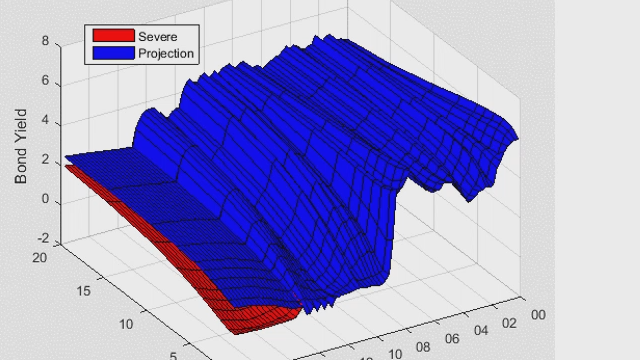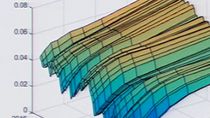RISE Toolbox: Advancing Regime-Switching Models for Macroeconomic Analysis
Junior Maih, Norges Bank
The RISE Toolbox is designed for solving, estimating, and analyzing nonlinear regime-switching DSGE models. Regime-switching models are essential for addressing the complexities of economic environments, such as the zero lower bound, financial crises, and high inflation periods. See how RISE accommodates various macroeconomic models, including DSGE VARs, panel VARs, and optimal policy frameworks. Gain insights into solving these models using RISE, the benefits of regime-switching for economic forecasting, and real-world applications in policy analysis and simulation.
Published: 22 Oct 2024




